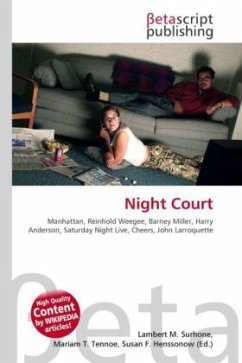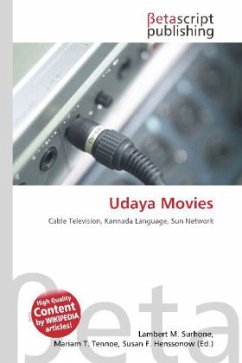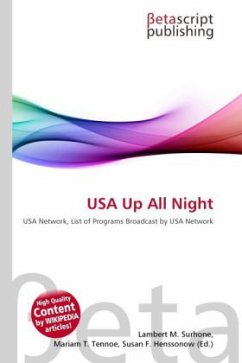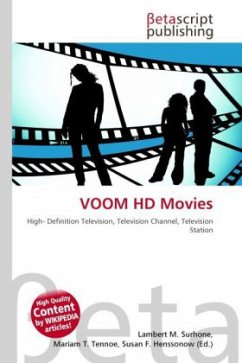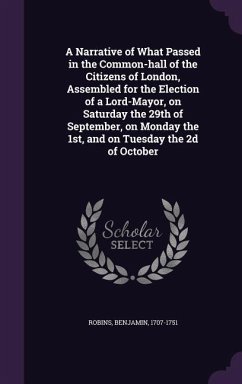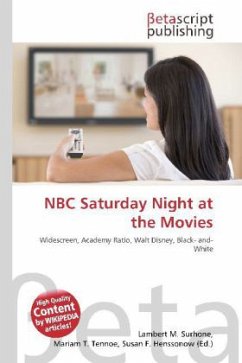
NBC Saturday Night at the Movies
Versandkostenfrei!
Versandfertig in 6-10 Tagen
23,99 €
inkl. MwSt.

PAYBACK Punkte
12 °P sammeln!
Please note that the content of this book primarily consists of articles available from Wikipedia or other free sources online. Previously, movies on television were usually low-cost B films or older films that the major studios no longer found suitable for theatrical presentation. Movie audiences had grown to expect films to be shown in widescreen and in color, so older black-and-white Academy ratio films had lost much of their value to the theatres. By the mid-1950s, with the exception of some of Walt Disney''s films and The Wizard of Oz (1939), these older films had become standard fare for...
Please note that the content of this book primarily consists of articles available from Wikipedia or other free sources online. Previously, movies on television were usually low-cost B films or older films that the major studios no longer found suitable for theatrical presentation. Movie audiences had grown to expect films to be shown in widescreen and in color, so older black-and-white Academy ratio films had lost much of their value to the theatres. By the mid-1950s, with the exception of some of Walt Disney''s films and The Wizard of Oz (1939), these older films had become standard fare for independent stations and the non-prime time schedules of the network affiliates. A short-lived black-and-white ABC-TV series entitled Famous Film Festival had premiered in 1956, but had shown British films made in the 1940s. They were shown in a ninety-minute time slot, which meant that the films had to either be severely edited or shown in two parts. NBC Saturday Night at the Movies was the first network movie anthology series to run two hours (and occasionally longer), so that the films could be shown in one evening.




